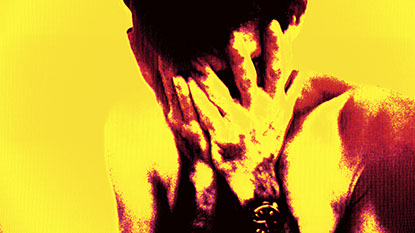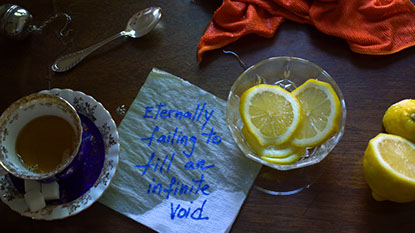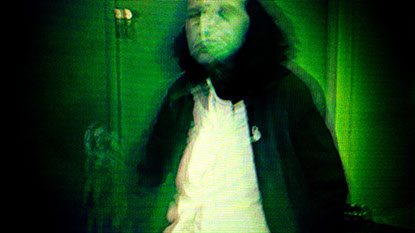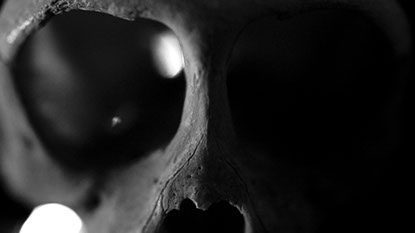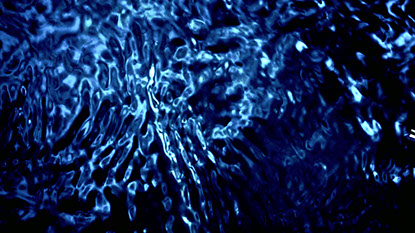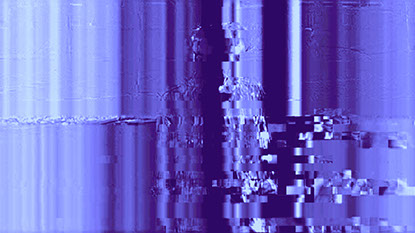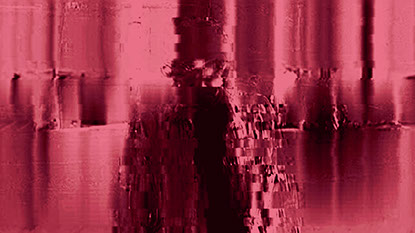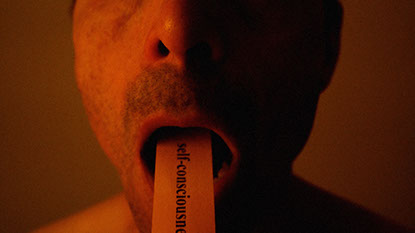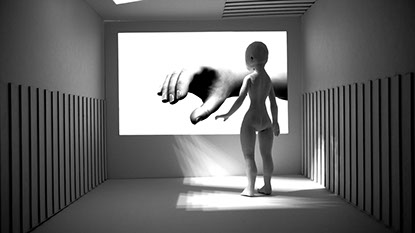
SYNOPSIS
The presence of technology in our world is ever-increasing, bringing about profound questionings. The rise of AI and the prospect of sentient machines, as well as life extension technologies, carry with them the potential to shape how humanity behaves, thinks, and lives. We are thus faced with the following philosophical consideration: a thorough reassessment of what makes us human.
STATEMENT
What Makes Us Human is a constellation of short reflexive works, all linked by thematic commonality, an overarching spirit of formal experimentation, as well as echoing visual and aural motifs. Typologically, the outcome of my research is a hybrid form between the essay film and expanded cinema, presented as a series of ambiguous, opaque, crossbreeding vignettes — or, cinematic aphorisms. The project also constitutes a reflection on the moving-image medium itself, exploring its multifarious syntactic and textural possibilities and qualities. I am in pursuit of a cinematic approach enabling the translation of abstract philosophical concepts into the visible, while at the same time imbuing them with sensorial and affective dimensions. I hope to achieve this through the creation of a personal, poetical, metaphorical language, which pushes the boundaries of what moving-image works can be, and do — building on the precept that new forms of media expression can intrinsically grant access to novel ways of thinking.
TECHNICAL SUMMARY
2022—2025 • Audiovisual essay • 62:25 • 4K video + Full HD video + 16mm film •
Black and white + color • 1.78:1 • English + French + German
CREDITS
Concepts, images, sounds, texts: Marco Joubert
Narration: Tatiana Braun, Rixt de Boer, Malcolm Goldstein, Angie Hart,
Mika Johnson, maya rae oppenheimer and David Peterson
Interpretation: Felicia Ghibu, Marco Joubert, Suzan Noesen and Ginette Rosato
Original music: Jeffrey Fong, Émilie Girard-Charest, Sébastien Goulet and Pamela Reimer
With support from: Fonds de recherche du Québec





